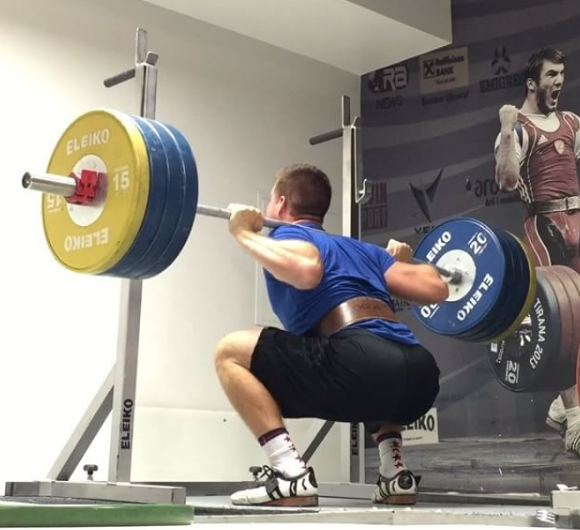- Joined
- May 8, 2022
- Messages
- 722
I agree with others that both exercises have merit. If I can give one piece of advice, it would be stop using the smith machine. In doing so, you’re losing many of the benefits that come from training with free weights. Having to hold on to and balance the bar/weight through the entire movement of a squat makes all the little muscles that stabilize your spine, core and pelvis contract and relax numerous times and helps them learn to support your core during complex or difficult movements. These are the same muscles that are going to help you avoid back injuries when carrying a pack, lifting quarters up to hang overnight, getting a heavy pack on/off or packing out with a lot of weight. I’ve seen way too many people who have huge, strong muscle groups from weight training with machines but have a very weak core and I personally think it’s mainly because they rarely challenge their core muscles with free weights that require balance.
For me, this realization came after spending a year doing kettlebell work from Pavel’s book “Simple and Sinister”. Just two exercises, swings and get-ups. None of these are “core work” per se and yet I found I was getting way stronger through my back and core. I noticed it when training with a weighted pack, hiking with friends, golfing, rough-housing with others or moving furniture. Since then I’ve moved on to barbell training and it’s taken me a few months to get comfortable squatting without a spotter or machine (I have a rack though in case I fail). So far, I think it’s the best decision I’ve made for overall health and function.
For me, this realization came after spending a year doing kettlebell work from Pavel’s book “Simple and Sinister”. Just two exercises, swings and get-ups. None of these are “core work” per se and yet I found I was getting way stronger through my back and core. I noticed it when training with a weighted pack, hiking with friends, golfing, rough-housing with others or moving furniture. Since then I’ve moved on to barbell training and it’s taken me a few months to get comfortable squatting without a spotter or machine (I have a rack though in case I fail). So far, I think it’s the best decision I’ve made for overall health and function.



